What Is a Thermal Relay?
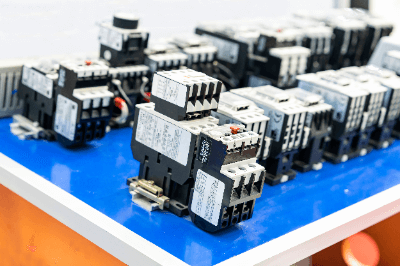
A Thermal Relay is a component that outputs a contact when a current exceeding a set value flows into an electrical circuit. They are mainly used to prevent overloading of motors and wiring. By incorporating thermal relays into circuits, problems such as circuit burnout can be prevented.
Uses of Thermal Relays
Thermal relays are mostly used for motor protection. When a motor is subjected to a torque over its rating, a current more than the rating will flow. This phenomenon is called overcurrent.
When a motor is in an overcurrent state for an extended period, the internal windings heat up. This causes the internal varnish to melt or the windings to burn out. This is called motor burnout. When a current exceeding the rated value flows, the thermal relays shut off the power supply using a contact output to protect the motor.
Principle of Thermal Relays
In most cases, bimetals are used as circuit conductors inside thermal relays. Bimetal is a material that combines two types of metals with different coefficients of thermal expansion. When heat is generated by an electric current, it is biased and deformed due to the difference in thermal expansion coefficients.
The bimetal inside the thermal relays use this bias to drive the contact point and output the contact. Thermal relays are available with different current settings depending on the thickness of the bimetal and other factors.
When a motor starts, the current is more than twice the rated value. Since the bimetal heats up and deforms, there is a delay time until it warms up. Due to this delay time, they do not react to the high starting current of the motor.
The output contact of thermal relays are fixed by a spring, and once activated, in most cases the output continues to be output until the reset button is pressed. This prevents overloaded equipment from restarting.
How to Select Thermal Relays
Thermal relays are selected according to the current rating of the motor to be protected. There are two types of motor protection elements: instantaneous and time-limited.
The momentary element is a protective element that shuts off the motor power supply instantaneously to protect the upper circuit in the event of a motor malfunction. Power fuses and motor relays are used for high-voltage motors, while shock relays and breakers are mainly used for low-voltage motors.
A time-limiting element is a protective element that detects motor overload and shuts off the power supply to protect the motor. Overcurrent relays are used for high-voltage motors, and thermal relays are used for low-voltage motors.
For low-voltage motors, a breaker, drive unit, and thermal relays should be selected in conjunction with the above. The breaker should be at least twice the motor’s rated current to avoid tripping due to the starting current. The drive and thermal relays should be selected according to the motor’s rated current, referring to the manufacturer’s catalog.
Other Information on Thermal Relays
1. Thermal Relays Settings
Thermal relays are classified into two types: bimetal type and electronic type.
- Bimetal type
In the bimetal type, the relay is operated by thermal expansion of the bimetal. In the case of the bimetal type, the current value can be set by ±20% by turning the setting knob. Further setting changes are structurally impossible, so the relay must be replaced. If the device to be protected is a motor, check the manufacturer’s catalog for thermal relays suitable for the motor capacity. - Electronic Type
The electronic type is used when the drive to be protected is an inverter. The electronic circuit reads the current value flowing in the circuit and operates when it deviates from the load characteristic curve. Most inverters on the market are equipped with this function as an inverter protection function. Electronic thermal relays are also used in motor control centers. The setting method for electronic thermal relays varies from manufacturer to manufacturer, but the lower current limit can be set more widely than that of the bimetal type. Check the instruction manual for the setting. Normally, the setting is done automatically by setting the rated current value.
2. Thermal Relays Contacts
The thermal relays have two types of contacts: a normally open contact (a-contact) for monitoring and a normally closed contact (b-contact) for breaking the circuit.
- Bimetal Contacts
In the case of the bimetal type, the number of which to use must be selected at the purchase stage. The current rating for the contacts is determined by the relay and is usually around 2A. Since there is a high risk of welding if they are used in the main circuit, they are used for control circuits. - Electronic Contacts
In many cases, electronic thermal relays can be set to use any number of contacts. However, electronic types may have transistor contacts instead of relay contacts. With transistor contacts, the electronic components will fail if an AC control power supply is used.
3. Return of Thermal Relays
When an overload condition persists and the thermal relays operate, the output contact of the thermal relays must be deactivated after the cause is removed. This procedure is called “recovery” or “resetting.”
There are two types of reset procedures: manual reset and automatic reset. The manual return type is simple, press the reset button after removing the cause of the overload. By pressing the reset button, the output contact is released.
The automatic reset type does not require pressing the reset button, but the thermal relay automatically resets itself. It is used in special applications where it is difficult for people to approach the thermal relays.
4. Thermal Relays Deterioration Factors
Although it varies from manufacturer to manufacturer, the recommended replacement period for thermal relays is approximately 10 years. However, since periodic replacement of thermal relays are costly, in most cases only periodic replacement of thermal relays for critical loads is required.
Since thermal relays are composed of bimetals and resins, which do not deteriorate easily, they rarely deteriorate naturally. The following four factors are known to cause forced deterioration.
- Electrical Factors
Insulation degradation occurs depending on the magnitude and frequency of drive voltage, frequency, and inrush current. This causes the thermal relays to fail. - Mechanical Factors
Physical factors such as loosening of screws, shock, and vibration can cause deterioration such as metal fatigue. - Thermal Factors
Thermal factors such as overvoltage, overcurrent, and self-heating cause thermal relays to warp, deform, or melt and break, resulting in failure. - Environmental Factors
Metal corrosion is caused by high temperature, high humidity, corrosive gases, oil mist, etc. Dust and foreign matter can also bite into the thermal relays, resulting in poor contact. By understanding the causes of deterioration and avoiding these factors, it is possible to extend the life of the product by the user.
5. Wiring of Thermal Relays
Thermal relays are often used as part of electromagnetic switches. In such cases, the primary side of the main circuit is usually connected with a copper bar for power supply in commercial products. The secondary side wiring should be designed to have an allowable current greater than the rated current of the thermal relays.
The allowable current for wiring varies depending on the type of wiring, but each type is defined by the internal wiring regulations. Wiring sold in Japan complies with the extension regulations.
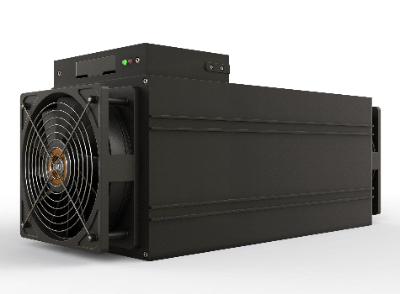
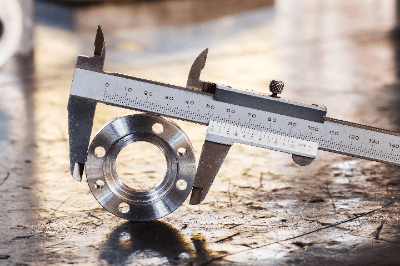
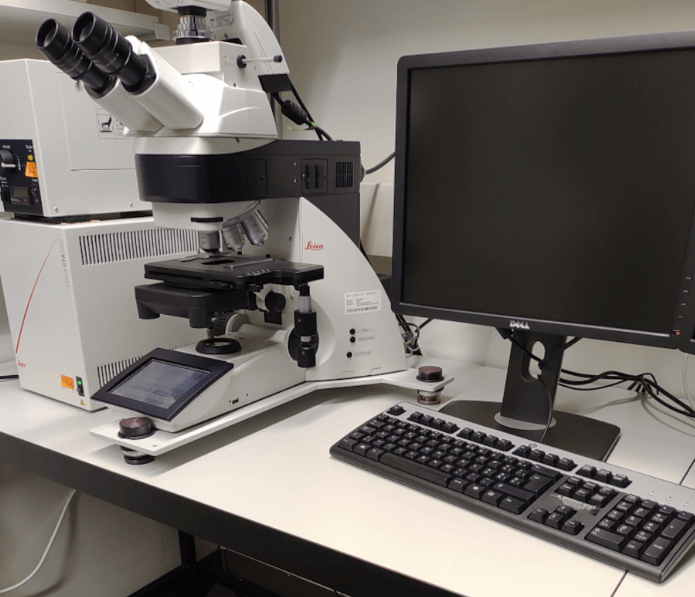

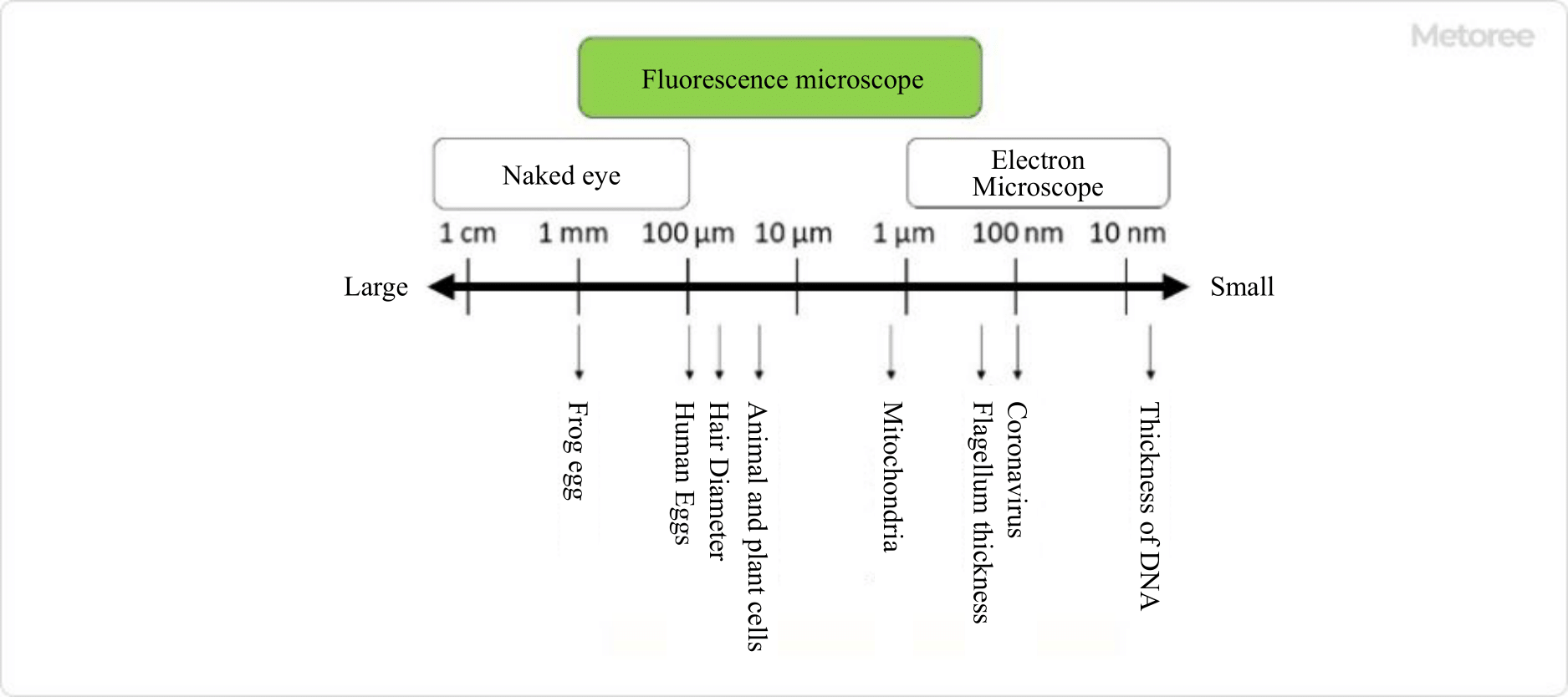
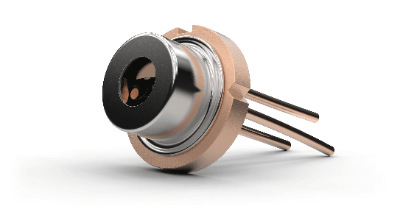 A laser diode is a device that uses a semiconductor mechanism known as recombination emission. The word “laser” is an acronym for “Light Amplification by the Stimulated Emission of Radiation”, where radiation is light.
A laser diode is a device that uses a semiconductor mechanism known as recombination emission. The word “laser” is an acronym for “Light Amplification by the Stimulated Emission of Radiation”, where radiation is light.